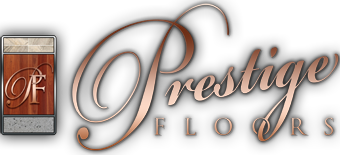As a consumer, you should be aware of the different types of hardwood flooring. There are many pros and cons to each type and this can help you make the best decision for your home. If you are planning for the Floor Sanding in Melbourne project in the upcoming days, then you must read this blog!
A Warning Regarding Engineered Hardwood
While engineered hardwood is a great alternative to solid wood, it’s also an option to be aware of. Engineered wood flooring is made up of several layers of wood and glue, which means it is more susceptible to warping than solid wood.
As such, you’ll want to make sure that you’re not using the wrong sandpaper for the Floor Sanding Melbourne job at hand: coarse-grit sandpaper will likely do more damage than good when used on engineered floors (which are already prone to warping).
If you’re looking for a less expensive option than your standard hardwood flooring choice that won’t compromise quality too much, this might be worth considering.
However, keep in mind that since it’s made from multiple layers instead of one piece of solid lumber, this type of flooring isn’t as durable as other options on our list and may require more maintenance down the road (i.e., re-sanding every three years instead of once every decade).
Seek Confirmation of Solid Hardwood
When you’re planning to sand your hardwood floors, it’s important to know the difference between engineered and solid hardwood. If you have engineered wood, then you can skip this section. However, if you are dealing with a solid wood floor, then continue reading.
Solid Wood Floors
The most obvious way to identify solid wood is by running your hand over its surface and feeling for grooves or imperfections in the grain pattern.
This will indicate that there are multiple boards glued together under your feet and not just one long piece of wood.
A second method is by viewing a room from above – if only one board runs throughout the entire space (or several identical boards), then it’s likely that those boards were cut from one large slab of real wood instead of being made up of smaller pieces glued together like with engineered floors.
Proceed With Caution When It Comes to Warping
Warping can occur when it’s left in a sunny area, or if it’s exposed to extreme cold or heat. It can also happen if the wood dries out too fast. If you’re worried about this happening to your flooring, take care of it before you start the Floor Sanding in Melbourne project.
Make sure that your floors are properly sealed and that they dry slowly so that they don’t warp.
If your floor has warped due to the temperature changes, there are two options: The first would be to live with it and accept the imperfection (this is what I did).
The second option is to try and fix it by sanding down the warped portions and then finishing up with another coat of polyurethane.
Conclusion
While we hope this article has helped answer some questions about your project, it’s important to remember that every job is different.
The best way to avoid unexpected surprises is by hiring a professional. Hire Prestige Floors for the best floor sanding in Melbourne services; if you need help with flooring in your home or business, contact us today.

